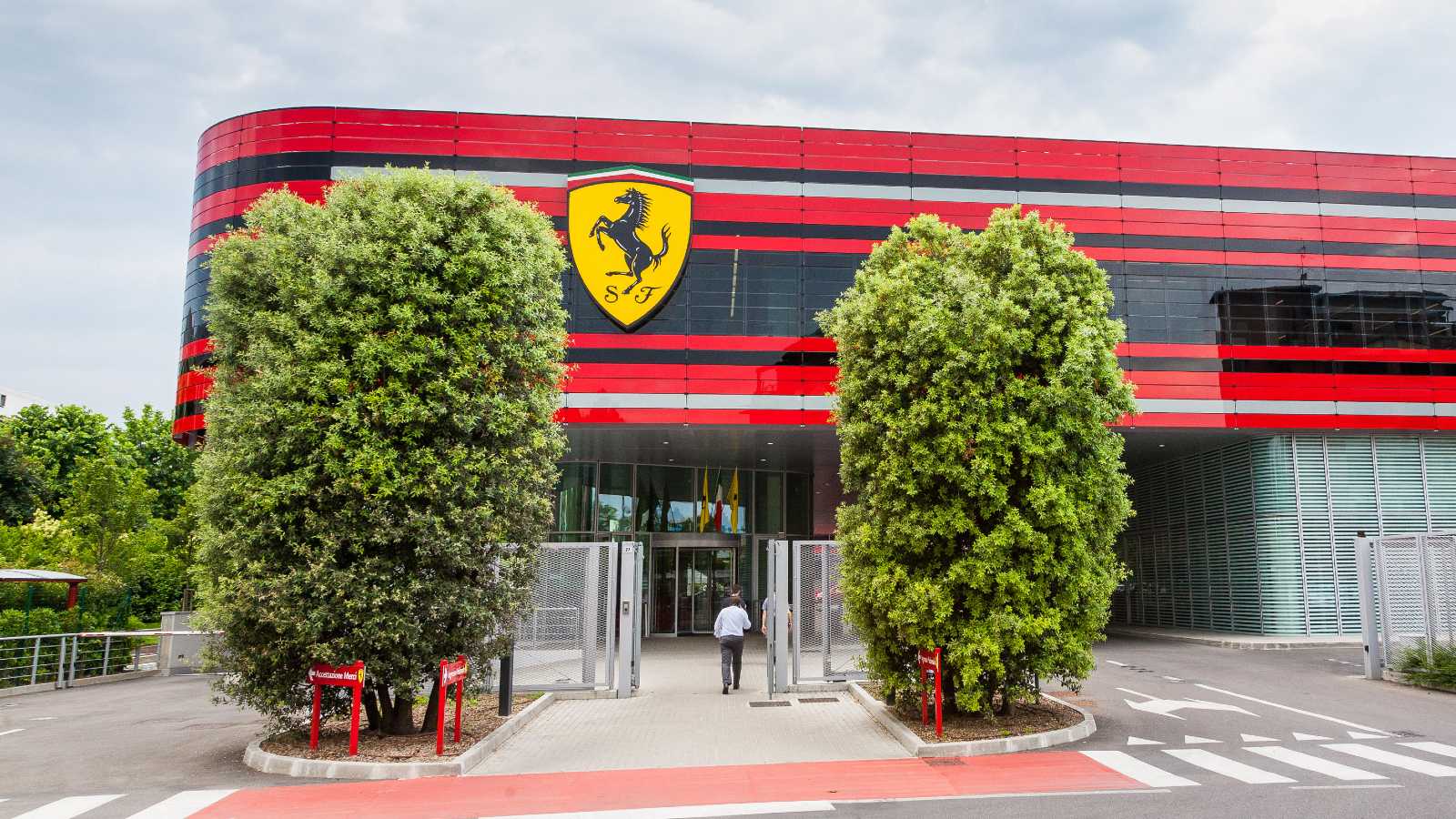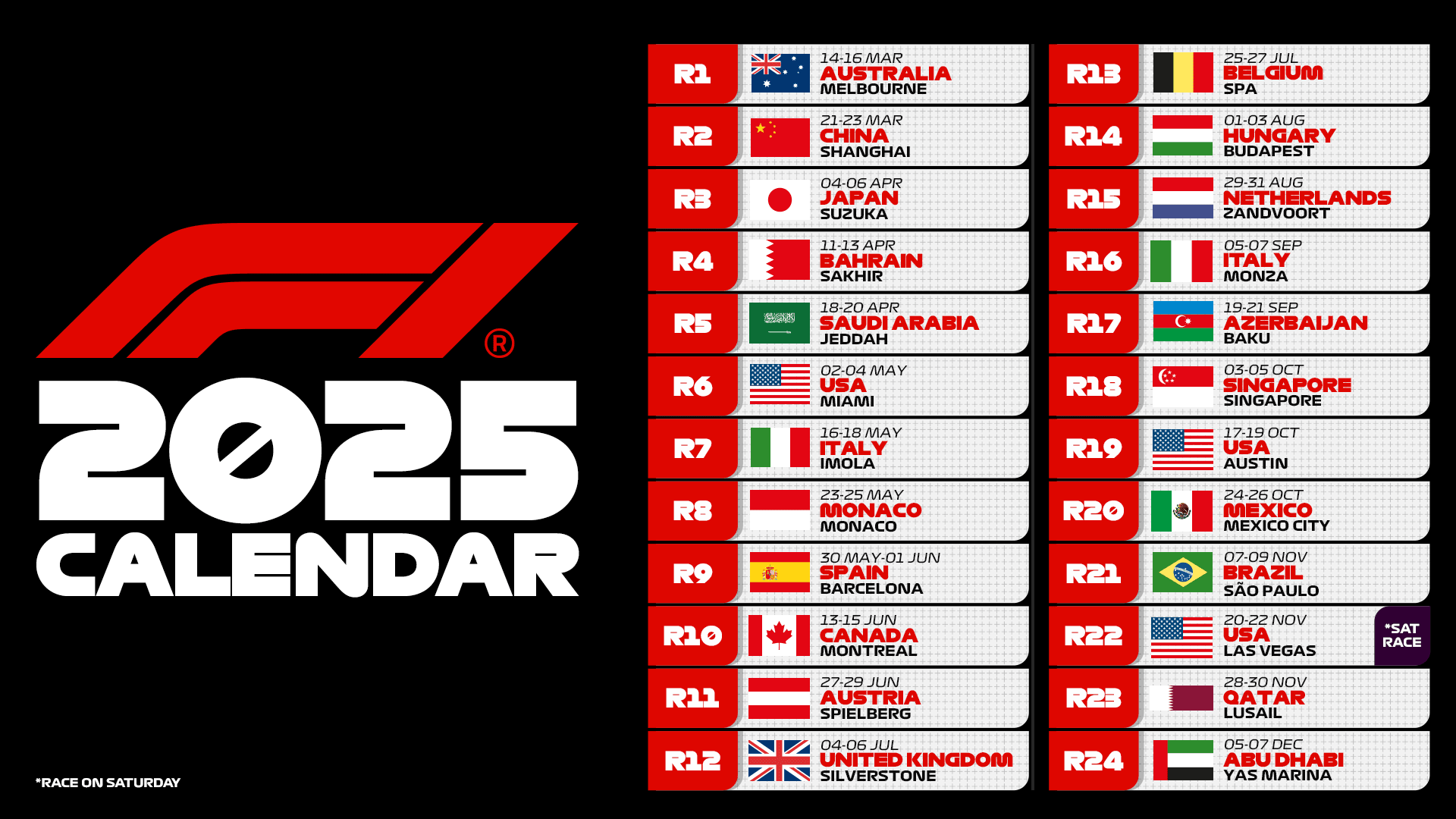A hot summer is looming for Formula 1. The topic at hand is one of the most thorny, the Budget cap, a sensible subject after last year’s controversies. The Cost Cap Administration, the FIA body responsible for monitoring and enforcing the financial regulations, has informed the teams that they will receive the results of the checks conducted in recent weeks on their 2022 budgets by July 31.
However, it has been learned in the Silverstone paddock that the deadline could be postponed, sparking many suspicions. Speculations? It’s possible, but twelve months ago, the rumors started in the same way and ended with sanctions against Red Bull and Aston Martin, the same teams that are among the favorites in the guessing game of who will be accused, along with other suspects. In the absence of official information, speculations find fertile ground.
What is certain is that alarm bells have rung in some teams when the FIA issued directive TD45 on June 23, reiterating a highly debated aspect of the financial regulations: any project or intellectual property created outside the Formula 1 working group and subsequently imported into the F1 area will be included in the cost cap. The concept was already clear before, but it has been emphasized to avoid any gray areas. Of course, the FIA does not frequently reiterate aspects of the regulations unless it has a specific reason to do so.
Checks at team headquarters with cross-examinations
The International Federation knows that Formula 1 is playing a very important game. If problems were to emerge during the verification process without appropriate sanctions, the entire concept of the Budget cap would lose credibility.
The team set up by the FIA has made significant progress in the verification procedures carried out at team headquarters. Three individuals visited each team for three weeks, conducting interviews (unannounced) with employees and inspecting data, including personal computers.
Multiple teams have confirmed that the FIA’s checks on the 2022 budgets have gone much deeper than twelve months ago, described as a kind of meticulous fiscal audit by an insider.
Show your support for Scuderia Ferrari with official merchandise collection! Click here to enter the F1 online Store and shop securely! And also get your F1 tickets for every race with VIP hospitality and unparalleled insider access. Click here for the best offers to support Charles and Carlos from the track!
Show your support for Scuderia Ferrari with official merchandise collection! Click here to enter the F1 online Store and shop securely! And also get your F1 tickets for every race with VIP hospitality and unparalleled insider access. Click here for the best offers to support Charles and Lewis from the track!
The thorny issue related to personnel allocation mentioned in TD45 has been verified through cross-checks. Each employee declares how and where they spend their working time (between Formula 1 projects or others), and the FIA staff verifies whether the actual work on alternative projects corresponds to what has been declared.
How? Through interviews, immediate checks, email scrutiny, and internet traffic monitoring on specific days, all conducted without prior notice. The gray area still exists, as does the aspect related to external suppliers.
Every component used on the cars is tracked with its own identifying code, and before each race weekend, teams must communicate to the FIA the list of all components they will bring to the track.
The technicians from the Federation periodically verify that only the components declared by the teams are installed on the cars. “Material costs cannot be avoided,” commented an audit staff member some time ago, but the intellectual cost of designing a component eludes scrutiny. If personnel working on other projects (all top teams have launched alternative programs) transfer knowledge to the Formula 1 program, it may not be easily traceable during checks. However, the investigators of the Cost Cap Administration leave nothing to chance, even requesting information from former team employees.
“Cost to perform” is the new challenge for the teams. The delicate nature of the ongoing game is evident in the staff that each team has had to assemble for financial control. Mercedes has stated that its department consists of 46 people (whose costs are exempt from the budget cap). Every aspect of the teams is subject to a “cost to perform” evaluation, meaning that before approving a new technical component or activity, the impact on the team’s finances is weighed against the benefits that will be gained on the track. There is a threshold to exceed; otherwise, the idea is rejected and sent back.
This scenario is inevitable as funds allocated for developments act as a cushion to balance the books. For example, if a team incurs many incidents during the first half of the season, exceeding the allocated expenses for spare parts, there is a risk of cutting back on developments to stay within the cost cap, applying to any excessive spending.
In the two years since the financial regulations came into effect, teams have reviewed all internal processes, aiming to optimize every budget item. “At present, it is difficult to find an area where one can cut a million,” confided an industry expert. “It is easier to trim 100,000 euros in multiple areas, and it may add up to the same figure.”
There is also another open challenge, which is the new financial regulations that will come into effect from 2026. Both the FIA and the teams will learn from the issues that have emerged (and will emerge) in the first five years of implementing the current financial regulations to maximize the next version.
It is an extremely important game as it affects a significant percentage of a Formula 1 team’s activities and practically all aspects that impact performance. Therefore, it will be crucial to observe the stance the FIA takes in case of infractions, following the controversies that arose last year.
The history of the current championship confirms that fines and reductions in wind tunnel time are not enough; sporting penalties are needed, and it will be important to document them clearly.













.png)

Leave a Reply